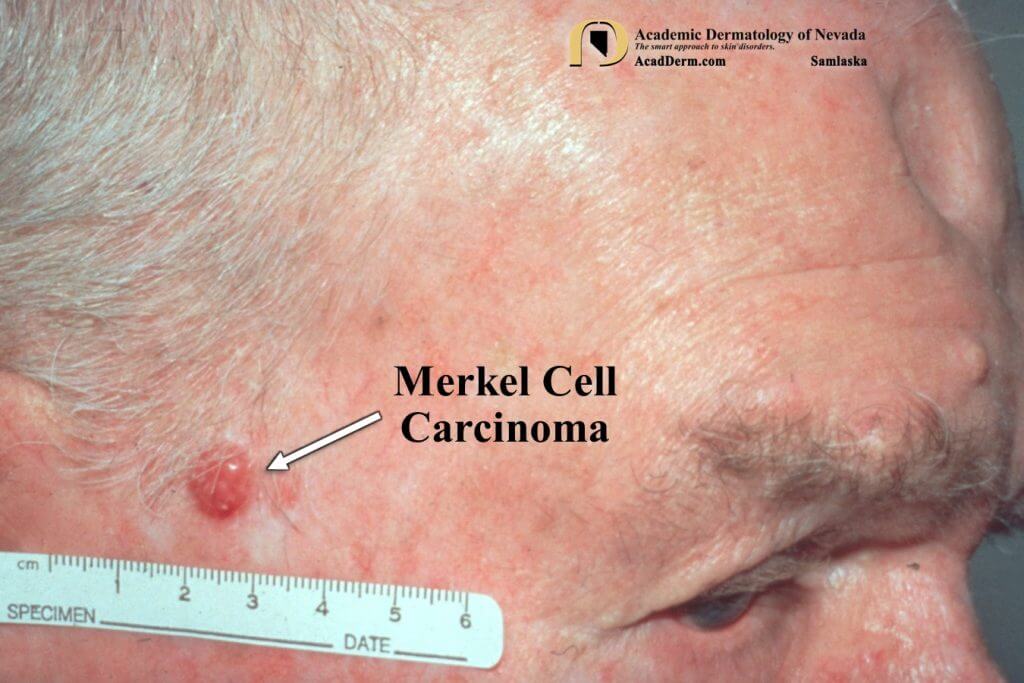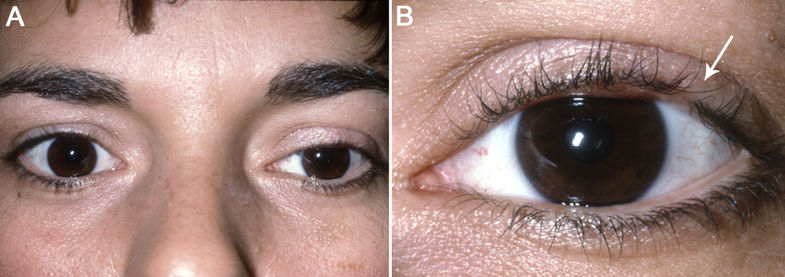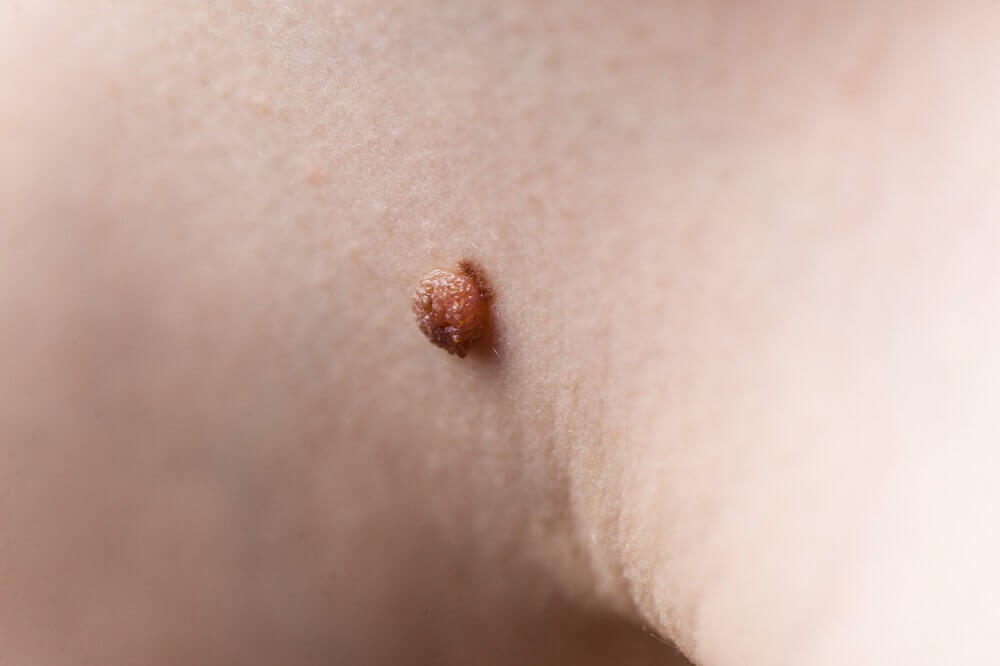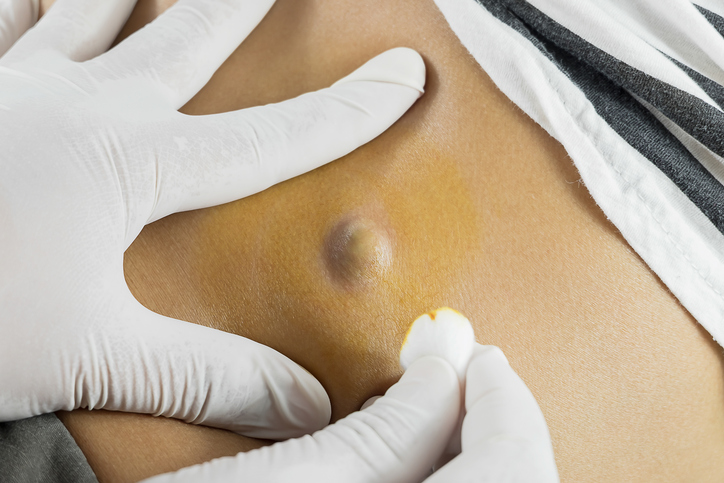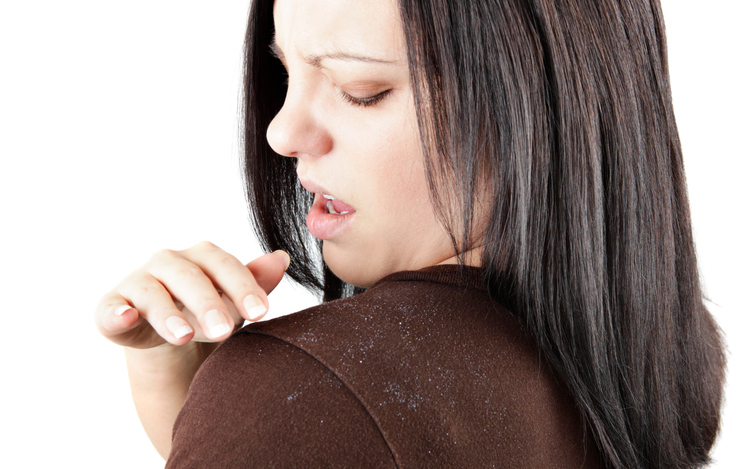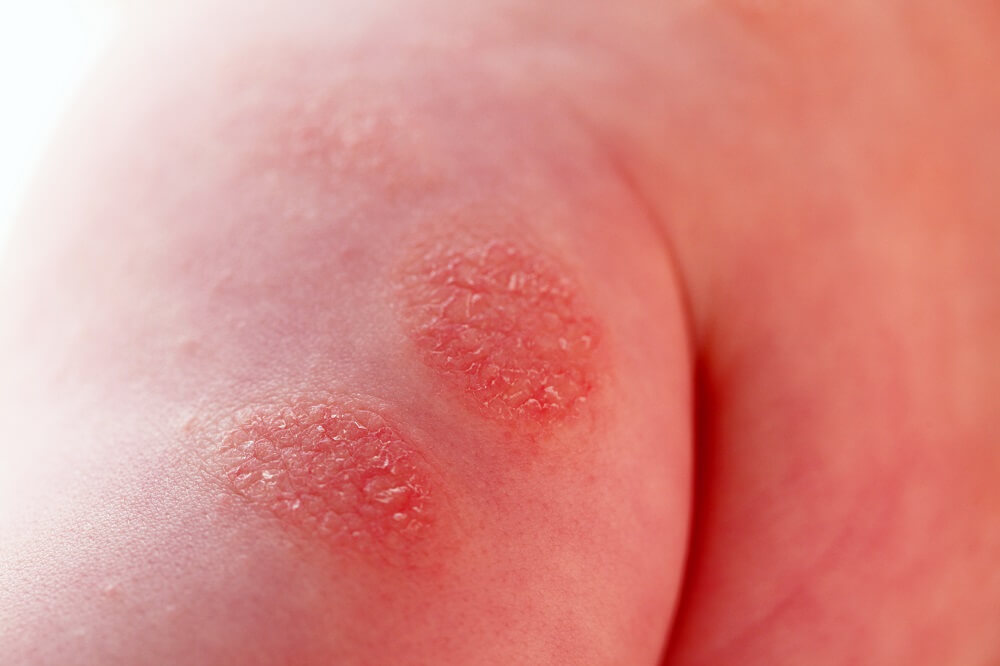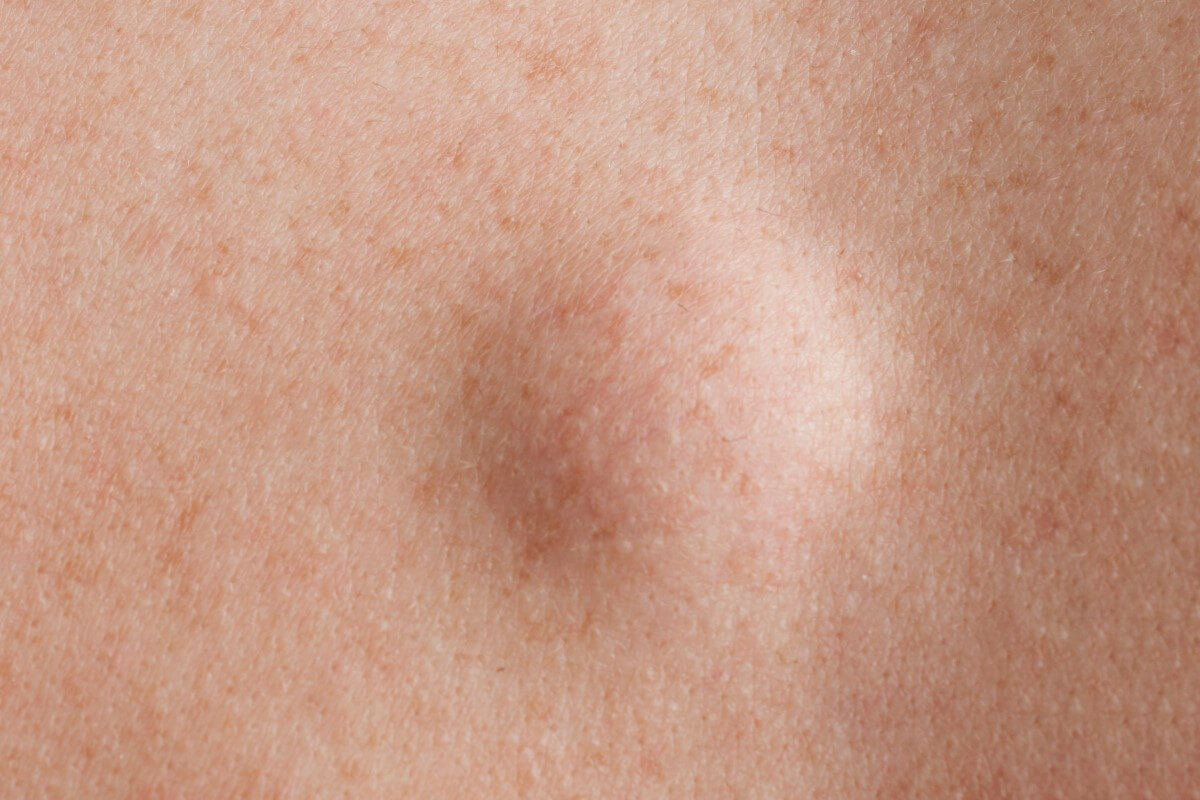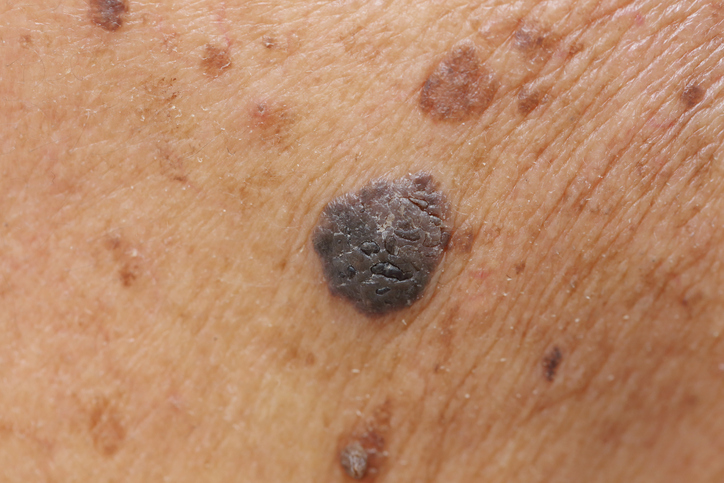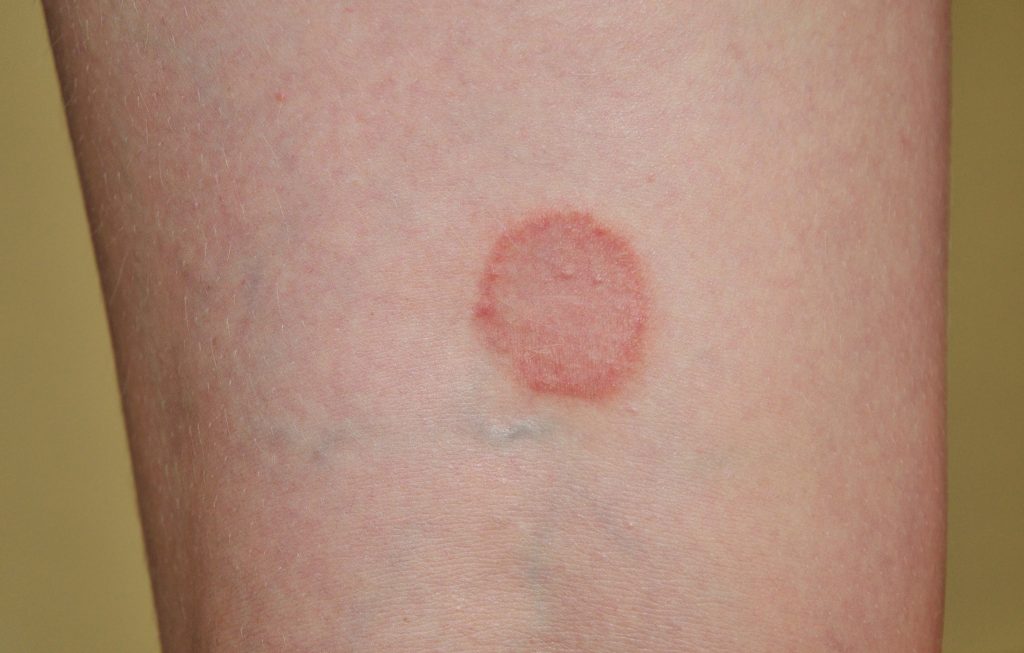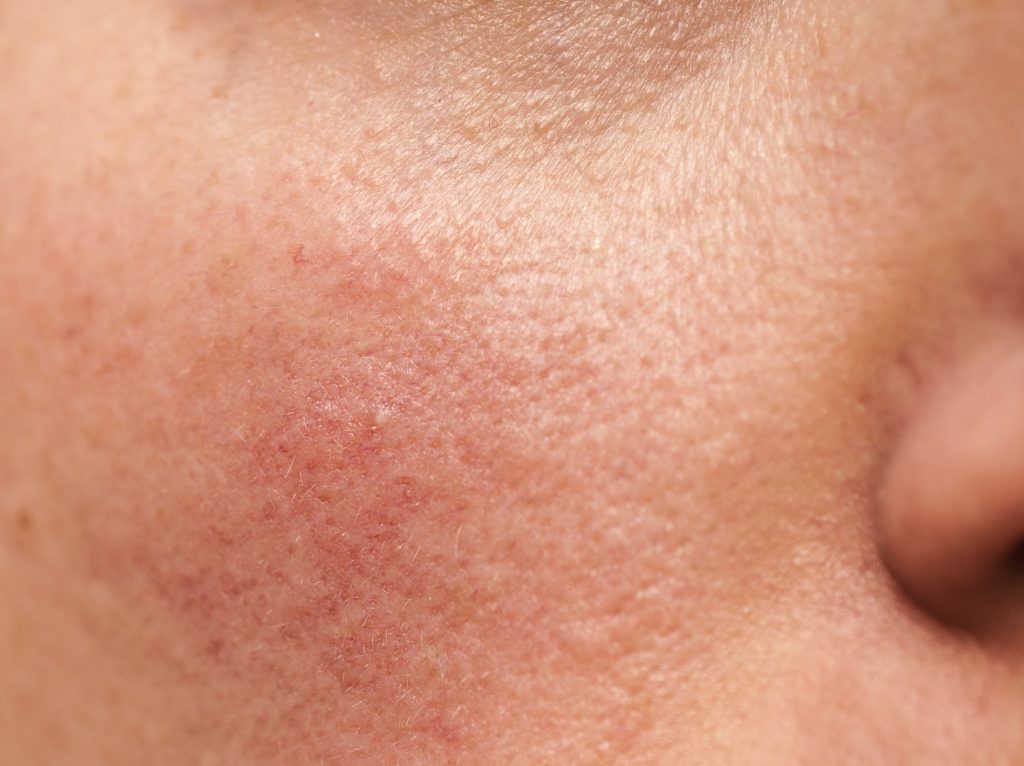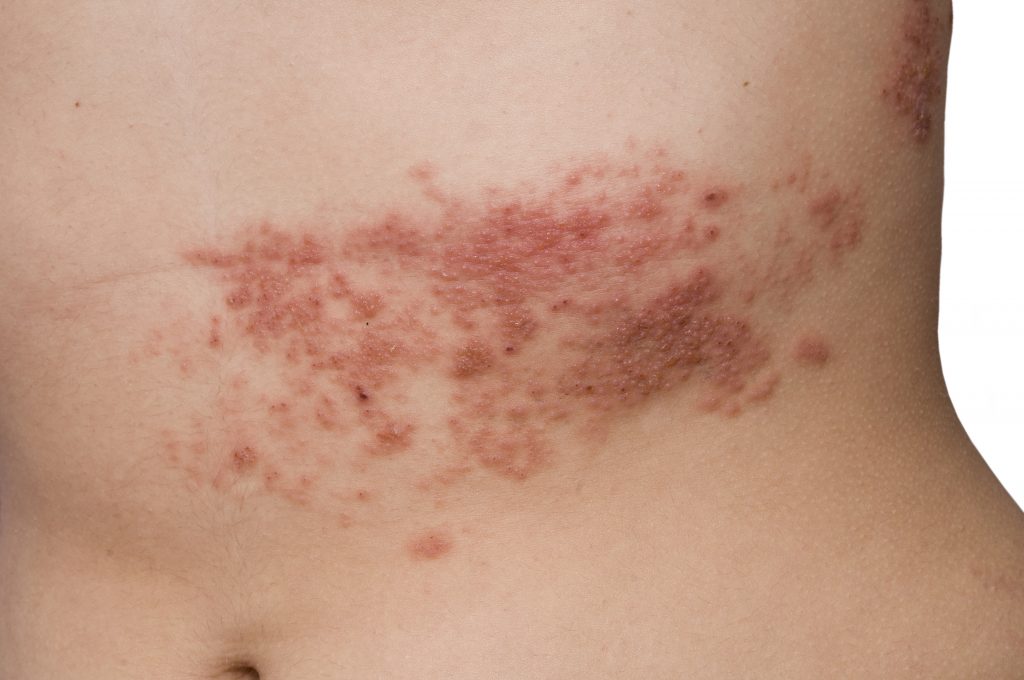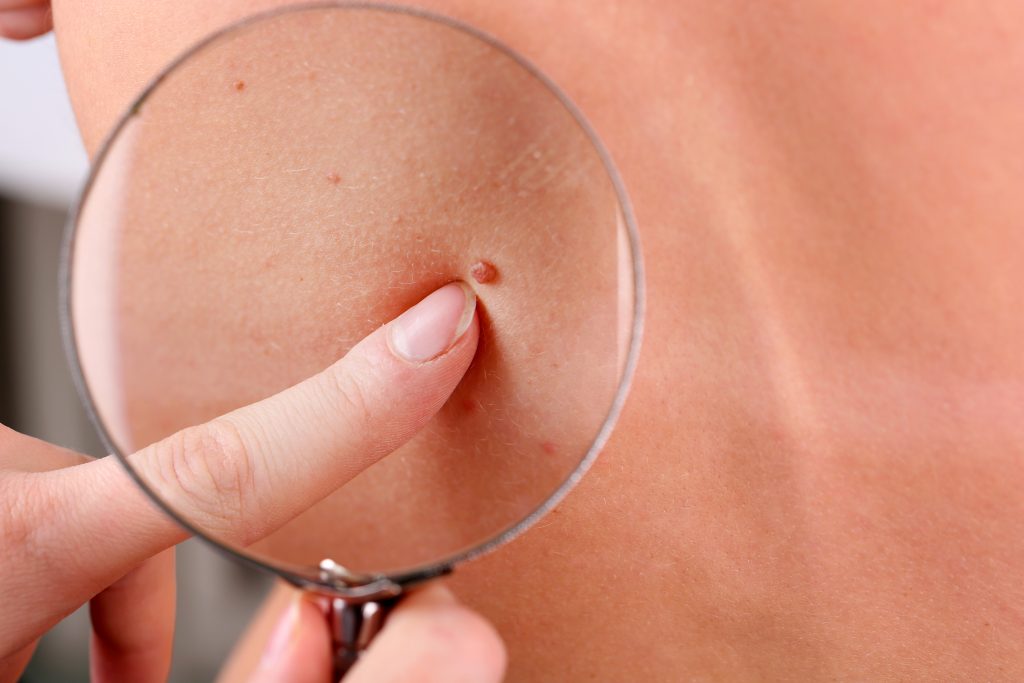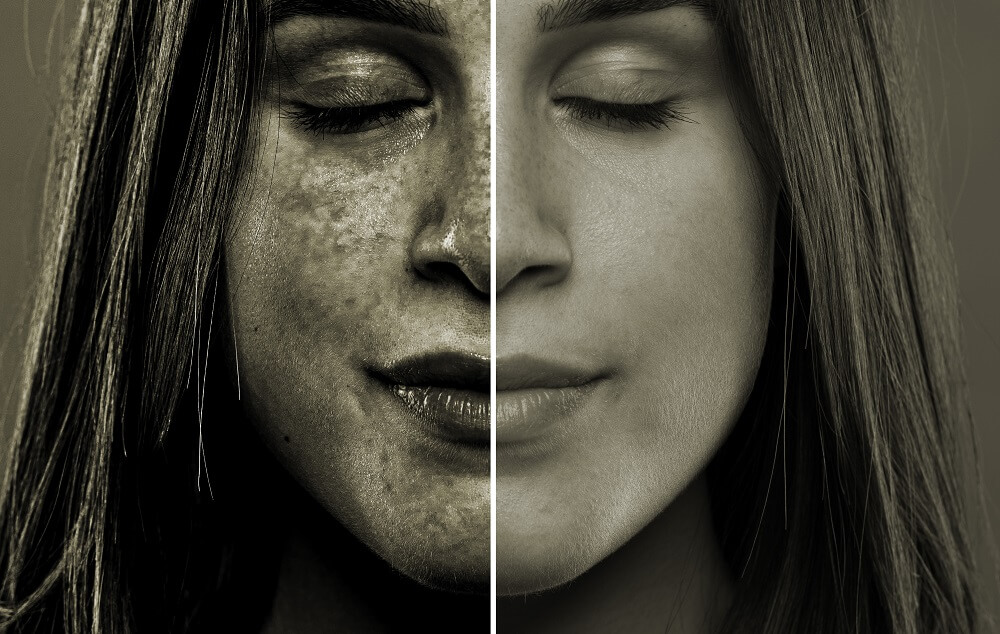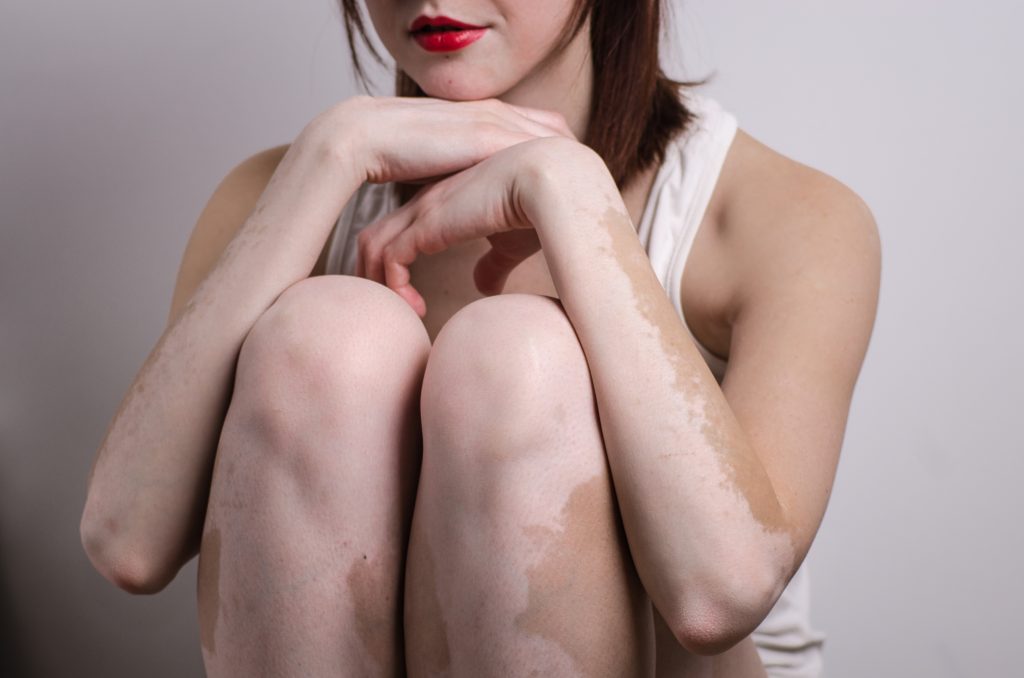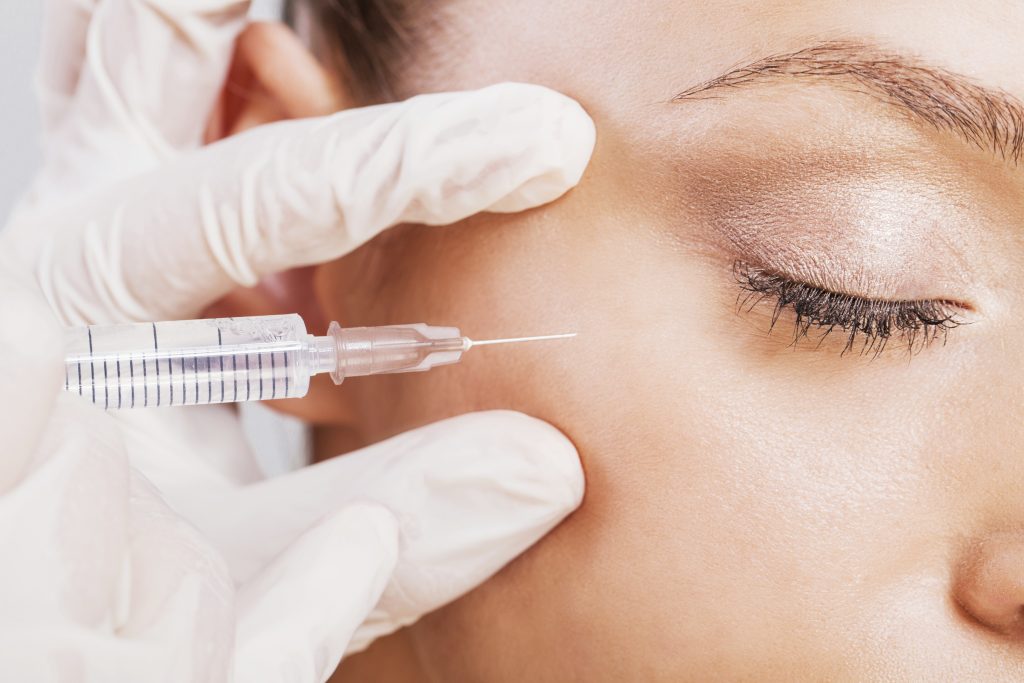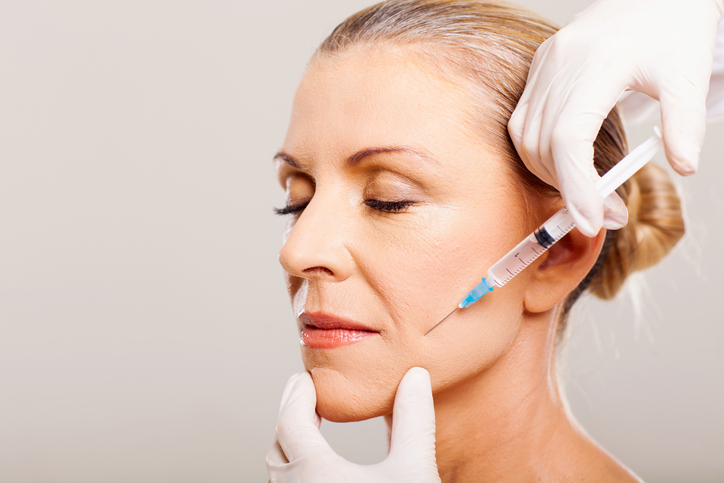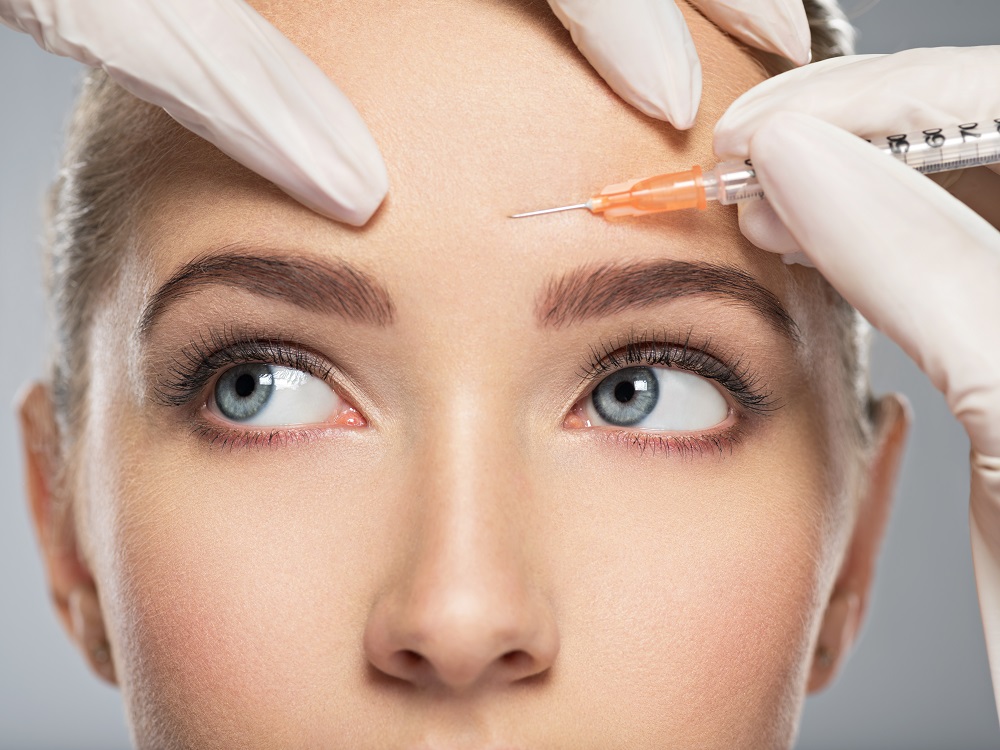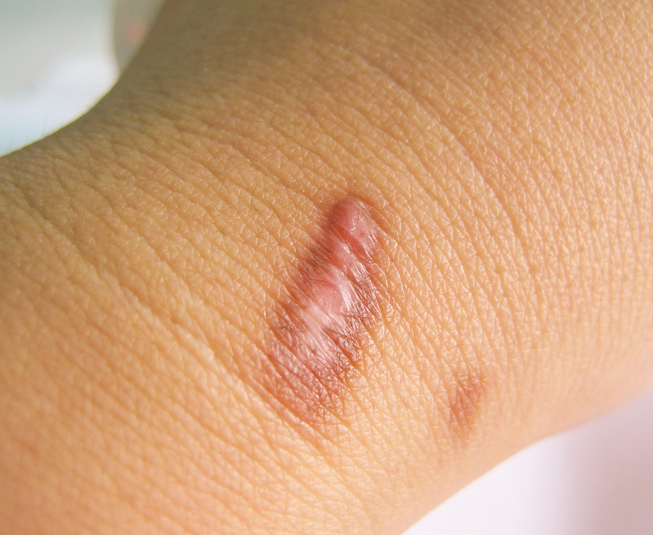Dr. Arianna Yanes is a board-certified dermatologist and fellowship-trained Mohs surgeon specializing in skin cancer surgery and treatment.
Originally from Ohio, Dr. Yanes earned her BA and MD from Northwestern University’s Honors Program in Medical Education, a combined undergraduate and medical school program. She graduated summa cum laude from medical school and was inducted into the Alpha Omega Alpha Honor Medical Society. She completed dermatology residency at the University of Pennsylvania, which is ranked as the top residency program in the country. At Penn, she received comprehensive training in diagnosis and management of skin diseases in patients of all ages.
Following residency, she completed a fellowship in Mohs micrographic surgery and dermatologic oncology at Harvard. During this time at Massachusetts General Hospital, she received advanced training in skin cancer surgery and pathology, facial reconstruction, cosmetic dermatology, and oncologic management of advanced skin cancers. She is dedicated to providing high-quality and thoughtful care while creating personalized treatment plans for each patient.
Dr. Yanes has presented at national meetings and published articles in peer-reviewed journals such as the New England Journal of Medicine, JAMA Dermatology, the Journal of the American Academy of Dermatology, and Dermatologic Surgery.
Specialties and Affiliations
- Alpha Omega Alpha Honor Medical Society







